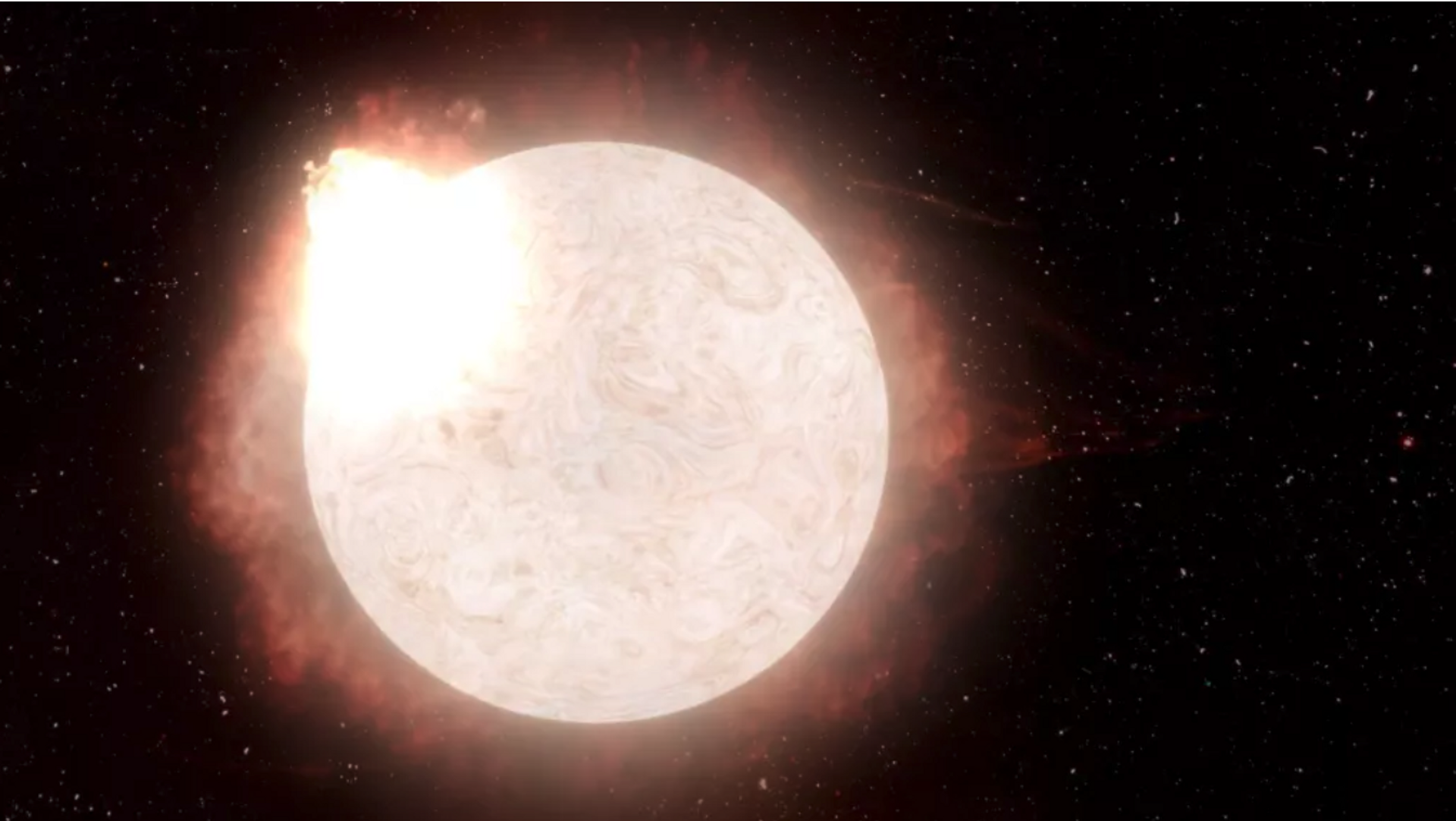Explosive Death of Giant Star Witnessed for First Time by Astronomers in Hawaii
00:52 GMT 13.01.2022 (Updated: 16:57 GMT 12.04.2023)

© W. M. Keck Observatory/Adam Makarenko
Subscribe
For the first time scientists have witnessed a supernova; the explosion of a red supergiant star. The red supergiant, named SN 2020tlf, was being monitored after it was first spotted in the summer of 2020.
The red supergiant is 10 times larger than the Earth’s sun and was first located 120 million light-years from Earth. For perspective, one light-year is the distance light is able to travel within 365.25 days. The explosion was captured by telescopes at the W.M. Keck Observatory atop Mauna Kea in Hawaii.
Though supernovas are ordinarily only detected after they collapse, scientists reportedly had their eye on the star more than 100 days before it died and then exploded. The star was detected in the summer of 2020 during a survey conducted by the University of Hawaii’s Pan-STARRS telescope, according to Jacobson-Galan, an NSF graduate research fellow at UC Berkeley.
The astronomers describe the visual of the red giant's death as great flashes of light and giant globs of gas exploding from the surface of the star. The violent show put on by the star surprised astronomers as previous observations had yet to yield such visuals.
Astrophysicist Raffaella Margutti, the senior author of a study of the supernova said in a statement, “We’ve never confirmed such violent activity in a dying red supergiant star where we see it produce such a luminous emission, then collapse and combust, until now.”
The life cycle of most stars follows this path: protostar, main sequence star, then - depending on size - red supergiant star, and finally collapsing into a supernova, before becoming either a black hole or a neutron star.
Jacobson-Galan was ecstatic, “Direct detection of pre-supernova activity in a red supergiant star has never been observed before in an ordinary Type II supernova. For the first time, we watched a red supergiant star explode!”
According to the Office of Science, the collapse of a giant star is so powerful it creates new atomic nuclei. Supernovae are one of the original sources of elements heavier than iron, and the iron in our blood can be traced to supernovae which occurred before the birth of our sun.



